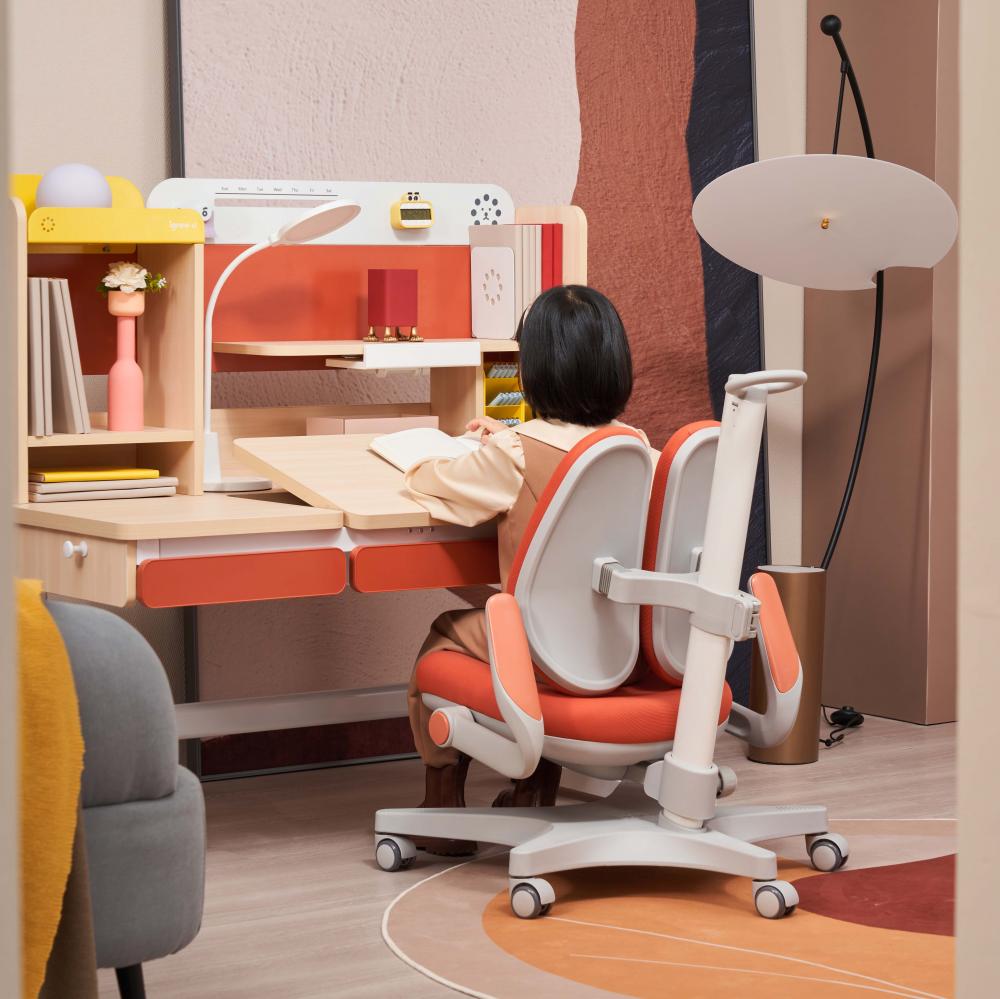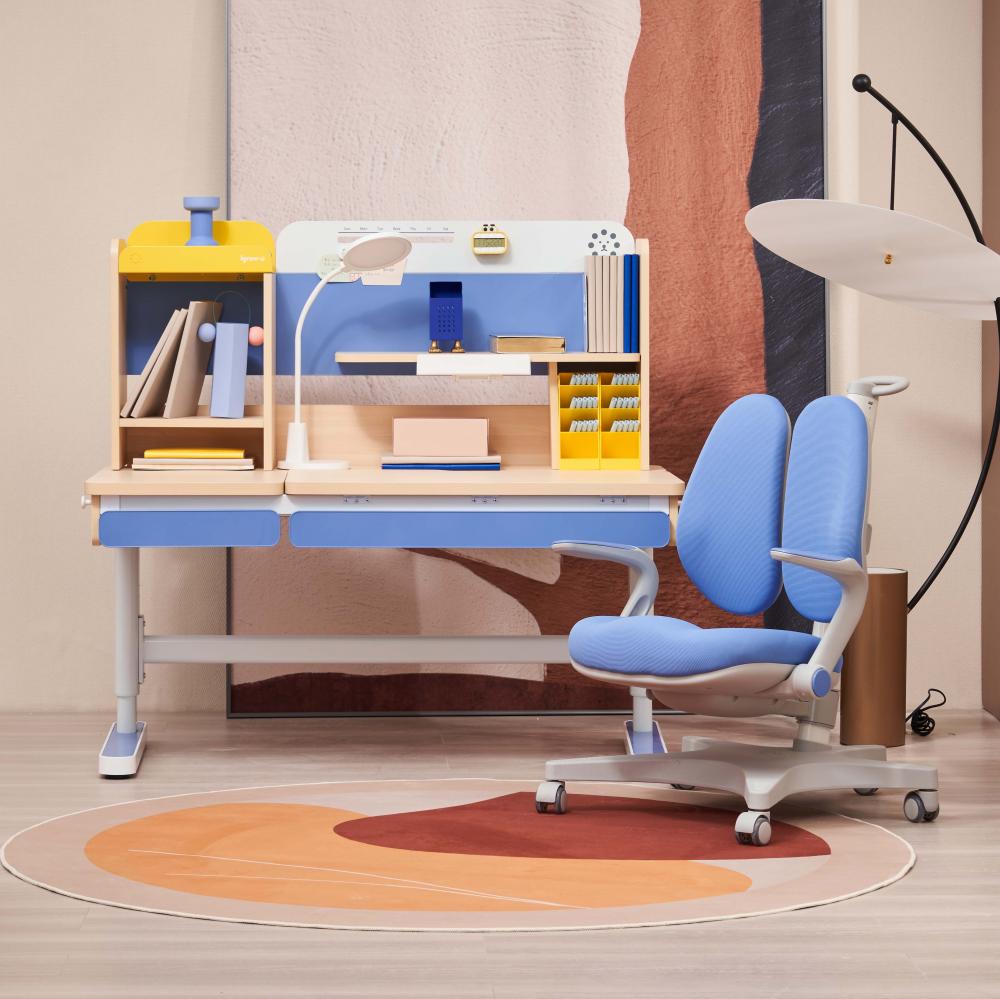Chinese wardrobe net When it comes to formaldehyde, many people tend to avoid it and even refer to it as the "aldehyde" issue. After a home renovation, most individuals choose to place formaldehyde-absorbing items inside cabinets, wardrobes, and other furniture, or use ventilation and air purifiers in an attempt to reduce its presence. However, there are still several common misconceptions about how to effectively manage indoor formaldehyde levels. Here are ten of the most widespread misunderstandings.

Be careful! These are all myths about the ten misunderstandings in wardrobes.
Misunderstanding 1: No smell means no formaldehyde?
Just because you don’t smell anything doesn’t mean that formaldehyde levels are safe. Formaldehyde is odorless at low concentrations, and when levels rise above 2-3 times the safe limit, it may not have a noticeable smell. Additionally, other odors can mask the presence of formaldehyde. Remember, formaldehyde is a volatile compound that can remain in your home for up to 3–15 years.
Misunderstanding 2: Ventilation removes formaldehyde?
Most homes have windows placed more than one meter above the ground, while formaldehyde is heavier than air and tends to settle near the floor. Even with proper ventilation, it's difficult to completely eliminate formaldehyde from the air. Moreover, harmful substances like formaldehyde are released slowly over time—sometimes for years. A few months of ventilation won't be enough to solve the problem entirely.

Be careful! These are all myths about the ten misunderstandings in wardrobes.
Misunderstanding 3: Eco-friendly materials mean no pollution?
While using environmentally friendly building materials helps reduce harmful emissions, it doesn’t guarantee zero pollution. Even “eco-friendly†products may release small amounts of harmful gases. Plus, factors like room layout, design, and ventilation can contribute to the accumulation of pollutants. Therefore, just because you used eco-friendly materials doesn’t mean your indoor air quality will automatically be safe.
Misunderstanding 4: Plants can absorb formaldehyde?
Many people believe that plants like spider plants or aloe vera can help remove formaldehyde from the air. However, the absorption capacity of plants is very limited. In reality, they can only handle trace amounts of formaldehyde—often in the range of micrograms. To make a real difference, you would need thousands of plants, and even then, only if they are constantly exposed to light. This makes them an impractical solution for serious formaldehyde issues.
Understanding these myths is crucial for making informed decisions about indoor air quality. It’s important to rely on proven methods such as proper ventilation, air purifiers, and professional testing rather than relying on outdated or unverified solutions.
We have a self-built factory, an independent research and development team, health and environmental protection, store synchronization, authoritative certification, reliable quality, focusing on the field of student desks and chairs for several years, super cost-effective choice, online and offline simultaneous sales, authoritative certification of health and environmental protection.
The ergonomic design allows children to have a good sitting posture, grow up healthily without hunched over, and stay away from myopia. Easy to read and write painting, free adjustment, desktop hover adjustment, matching the scientific sight distance of writing, reading, painting, online classes, etc., to cultivate interest in learning. Environmentally friendly solid wood, natural and healthy.


Children's learning table,Study desks with storage,Multifunctional storage desk,Kids Adjustable Height Desk with Storage
Igrow Technology Co.,LTD , https://www.igrowdesks.com